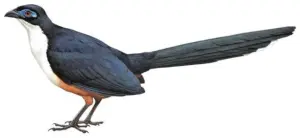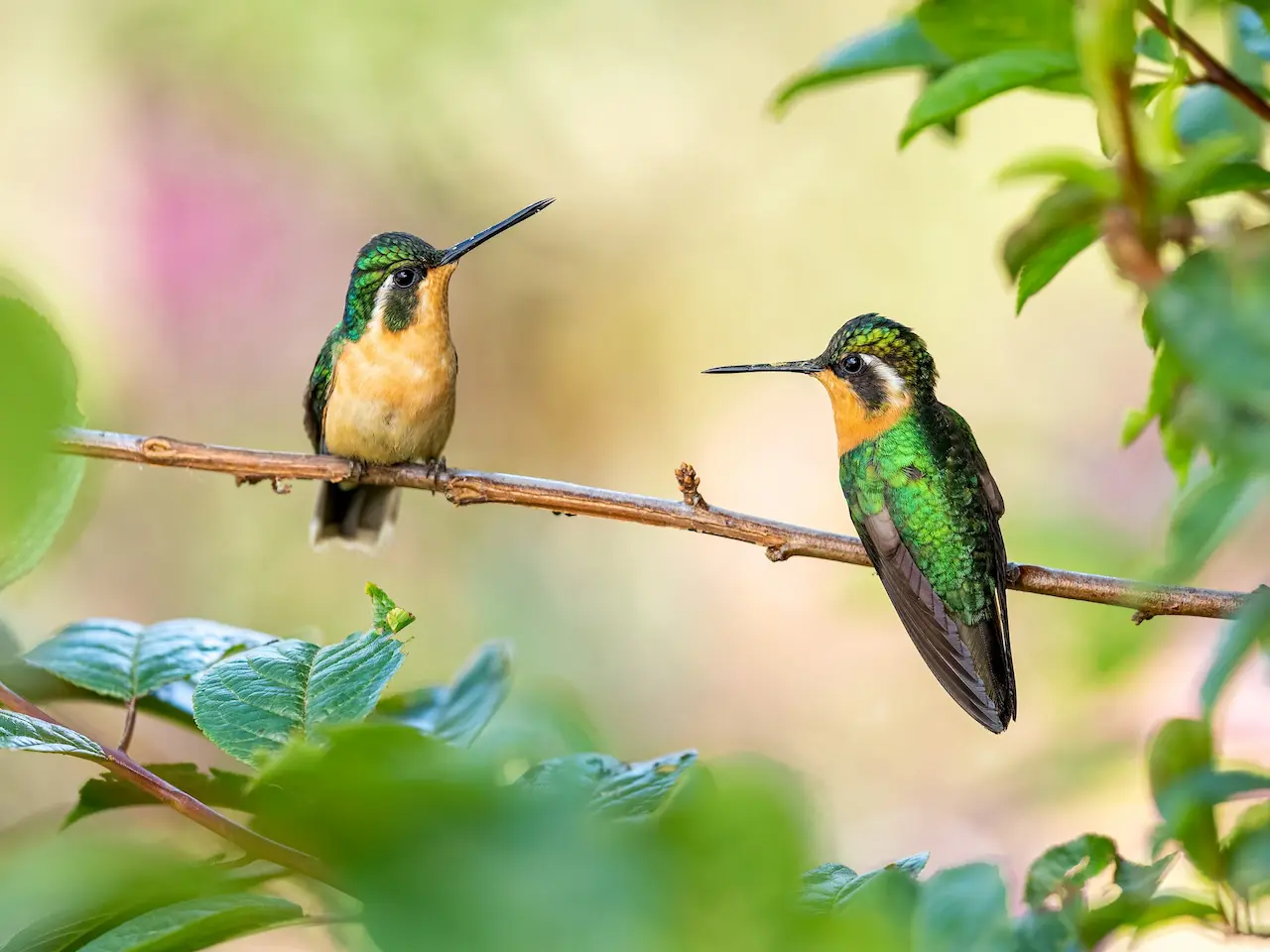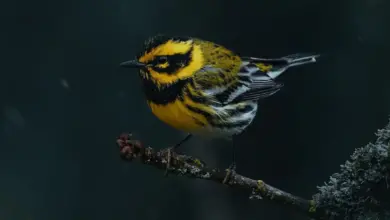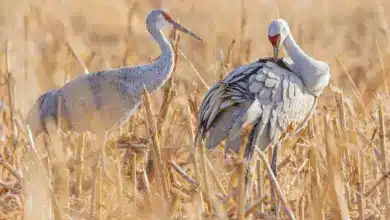Delalande’s Coua
Delalande’s Coua (Coua delalandei)
Delalande’s Coua, aka Snail-eating Couas and Delalande’s Coucals – Extinct Species
Delalande’s Couas (Coua delalandei) – also known as Snail-eating Couas, Delalande’s Coucals or Delalande’s Madagascar Coucals – were formerly found on the island of Madagascar, located off the southeastern coast of Africa. Very little is known about this ground dweller that was last seen in the early 19th century. It is the only member of the Coua family known to be extinct .

Their extinction is attributed to the settlement of the island by Europeans who hunted them for their attractive feathers and introduced predators, such as rats, cats and other predators, that preyed on the adults, as well as the eggs and chicks.
This species was first described in 1827 by Temminck on the basis of a specimen which he had seen in the Muséum d’Histoire Naturelle in Paris.Chevalier J.A. Bernier sent the last Delalande’s Coua to the same museum only seven years later. Specimens of this species are also preserved in the museums of Tring, New York, Philadelphia, Cambridge (Massachusetts) and Tananarive (Madagascar).
The last sighting of this bird was reported to have occurred in the 1920s.
Alternate (Global) Names
Chinese: ?? … Czech: kukalka Delalandeova … Danish: Sneglegøg … Dutch: Delalande-coua, Delalandes Coua, Delalande’s Coua … Estonian: teo-siidkägu … Finnish: kotilokuku, Madagaskarinkuku … French: Coua de Delalande … German: Delalandecoua, Delalande-Seidenkuckuck … Italian: Cua chioccioliere … Japanese: madagasukarujikakkou … Malagasy: Famakiakora … Norwegian: Sneglekoa … Polish: kuja bialogardla, kuja bia?ogard?a … Russian: ?? … Slovak: koa slimákožravá … Spanish: Cúa de Delalande … Swedish: Snigelcoua
Distribution / Range
There is some disagreement about the former range of this extinct non-parasitic cuckoo.
Previous sightings placed them in the area of Fito and Maroantsetra in northeastern Madagascar, and near Toamasina (Tamatave) – specifically the coastal areas of northern Toamasina Province – located in eastern Madagascar.
However, those recorded sightings with the most reliable data occurred on the offshore island of Île Sainte-Marie, formerly known Nosy Boraha. This island is situated off the east coast of Madagascar.
Description
This large, mostly terrestrial birds have brightly colored bare areas around the eyes and a silky plumage that is blue above; with a white throat, chest and sides; reddish abdomen and vent and a blue and white barred tail..
Like all other members of the Cuckoo family, they have large feet with reversible third toes.
Breeding / Nesting
No specifics are known about the breeding behavior of this extinct species; but it is assumed that it was similar to that of its close relatives.
Unlike cuckoos, Couas build their own nests out of twigs and leaves that are usually well hidden in trees or bushes; and they incubate their own white-colored eggs. A clutch usually consists of 1 – 4 eggs. They also raise their own young.
Diet / Feeding
As suggested by its common name, they seemed to favor snails as a food item. It is likely that they also fed on various insects, fruits, berries, seeds, small reptiles, and some small vertebrates such as chameleons.





